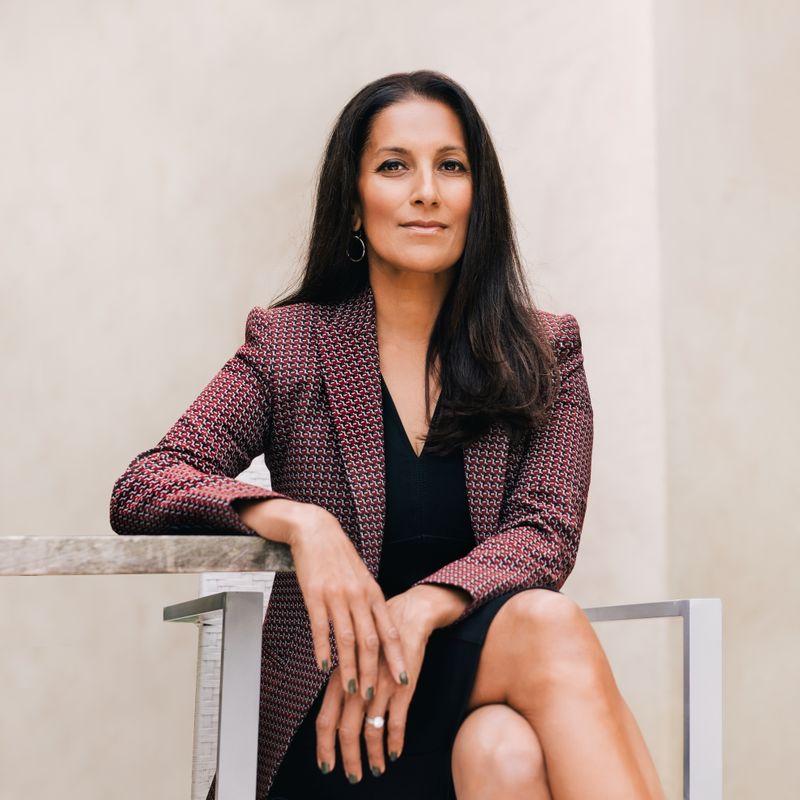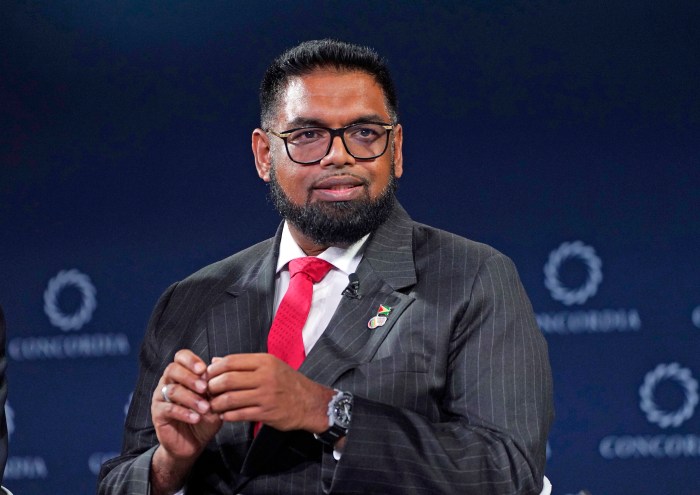NEW YORK (Reuters) – If you had to choose one word to describe the pandemic era, “risky” would be a strong candidate.
In a deeply risky time for our health, careers and finances, Sukhinder Singh Cassidy has some tips. The former executive of familiar companies like StubHub, Google and Amazon penned a new book “Choose Possibility: Take Risks and Thrive (Even When You Fail)” about how to make risk work for you.
Cassidy spoke with Reuters about betting big on yourself by opening up new paths and taking your career to the next level.
Q: Generally speaking, are people not taking enough risk in their working lives?
A: Humans fear failure, fear rejection, and fear looking foolish when trying new things at work. Many of these fears are ego-based: What will others think of us, or what will we think of ourselves if something goes awry? Ego-related risks hold people back in everyday working life.
Q: Is now an opportune time for people to take a risk and chart new paths forward?
A: COVID has catalyzed many great learnings on risk along with people’s desire to change their lives. In the rapid response to the pandemic, we all learned something about our own agility and ability to take risks and make choices quickly, ironically to avoid a bigger danger. That tells us we are each capable of making new choices faster than we think, not only in the face of crisis, but also when times are good.
Q: You say that risk-taking is like building up muscles – how so?
A: One of the myths I wanted to bust is that some people are born to take risks. In fact, it’s the opposite. Anyone can take risks in life – to learn, to discover, to achieve their ambitions. You can find dozens of reasons to take risks, and then take little ones every day. Then you have the benefit of learning from them if they work out. And even if they don’t, you have inoculated yourself against the fear of failure.
Q: Why can taking multiple risks be a smart strategy?
A: People usually want to move serially: Make one choice first and then another. You don’t make steady progress that way.
But if you pursue multiple risks, magical things start to happen. We diversify our risk, because we aren’t betting on only one thing. And you enjoy the benefits of multiple possibilities:
Many people don’t know what they want, so this way you can try many different things on for size.
Q: Is it also risky to not take any risks?
A: Yes, because there is the opportunity cost of what you are missing out on. That is actually more of a career threat, if the rest of the world is changing and you are not.
Research shows the value of our skills degrades by 50% every five years. Think of it like failing to move on an escalator: If everyone else is moving forward, and you are standing still.
Q: Working moms especially are overwhelmed right now, so what career advice would you have for them?
A: We often fear the risks of asking for what we need to make something work. This especially applies to women. For instance, when I was running the international business at Google, a year into it I got pregnant. I wanted to keep the job, but we needed to figure out some creative solutions. So, I asked them to pay for a nanny and her travel expenses, which they did. I didn’t walk into that discussion entitled, but I did walk in with a track record.
Q: Silicon Valley has a reputation of “tech bro” culture, so what advice do you have for women about succeeding in that environment?
A: Go where your values fit. We all move in environments of bias and prejudice, and it’s harder for some people than for others. I’ve had success in companies with similar values, where I am free to be my full self. If you feel safe, you’ll speak up and ask for what you need.
Q: Is failure a part of the process?
A: This is all about becoming a calculated risk-taker, and that likely means more failure, and also more success. If you are thoughtful about the choices you are making, over the course of your career, that should produce a solid win rate. Then you can reap the rewards of risk, no matter what the outcome of any individual decision.
(Editing by Lauren Young and Richard Chang)























